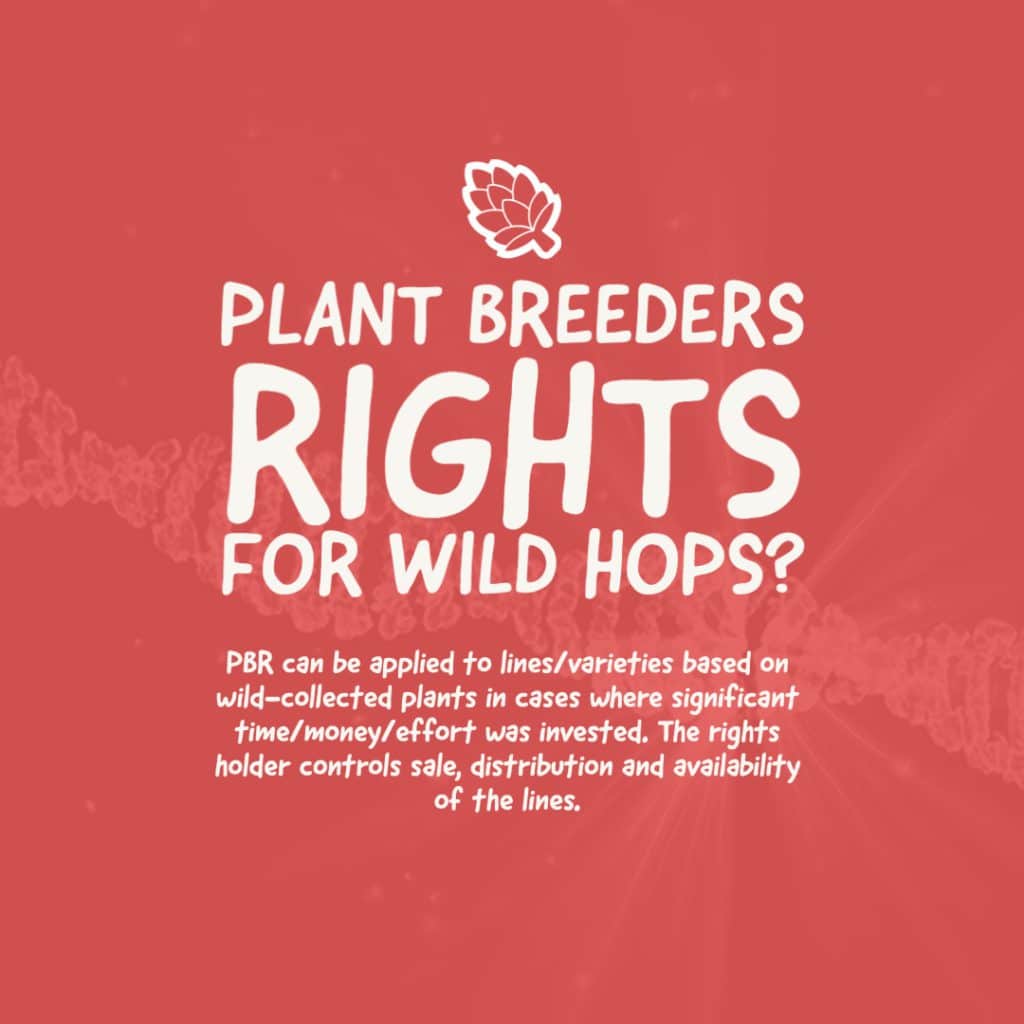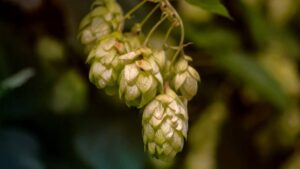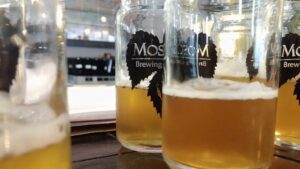Bubble gum beer, anyone?
Canada could soon ad hops to its growing list of niche crops thanks to efforts from people like Dr. Jason McCallum, research scientist at AAFC’s Charlottetown Research and Development Centre.
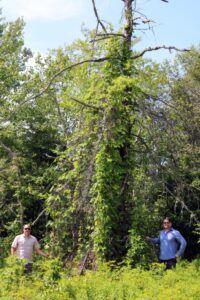
McCallum is working to assemble a collection of wild hops, in an effort to create a germplasm bank that breeders can use to create exciting new hop varieties to make niche craft beers. Hops grow well in climates like those found in southern Canada, including the Maritimes. It’s why McCallum is very interested in developing hops as a crop for the Great White North.
“The global hop industry is worth about a billion dollars a year annually, and that’s just the farm gate value. Once they’re processed and resold and packaged and extracted, you can start multiplying that up exponentially,” he says.
Right now, the industry itself is evenly split between the United States and Germany. Canada is a very small player, currently less than 1%.
Despite playing a tiny role in the global hop market, Canada plays a huge role in the history of the global hop sector. Over a century ago, a U.K. scientist names Ernest Salmon was looking to introduce new quality traits to hops to battle disease, McCallum explains.
“He thought to himself that wild hops would be a great resource to introduce through breeding. But unfortunately for him, they were having a really hard time finding truly wild hops in Europe because they’ve been cultivated there for so long.”
So, Salmon reached out to his colleagues throughout the Commonwealth and the British Empire.
“Lo and behold, one of the people that responded to him was a Canadian government scientist named William Macoun. He scoured the country looking for wild hop germplasm, and one of the places that he found wild hops was in Morden, Man. He boxed up the materials and sent them over to the U.K.”
One of the great things that came out of the resulting crosses was a variety called Brewer’s Gold, which most modern hops are based upon.
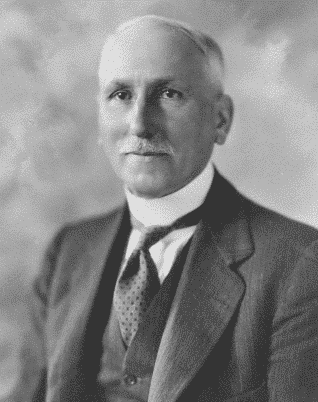
Fast-forward to today, and McCallum and fellow AAFC scientist Aaron Mills have collected an array of wild hops and created new lines that look promising. Both self-described “outdoorsy guys”, they collected their own wild hops and also engaged the public to send in samples as well. They’ve collected around 60 samples they have banked and created lines with an array of qualities that McCallum says could lead to some pretty neat craft beers.
“There’s some really crazy flavours and aromas coming out of these that we’d never really been exposed to before. Stuff like muskmelon and cucumber, even bubble gum. Normally when you think of hops, you think of flowery, pinecone and lemon-type flavours and aromas, but with some of these hops you could produce really different, niche beers down the road.”
At the moment, McCallum and his team are attempting to apply for plant breeder’s rights, before they offer the germplasm to private developers to create new hop varieties.
“Once we can control the intellectual property of these lines and make sure that they’re licensed and that they’re widely available to interested parties, we could have a new industry on our hands.”
https://germination.ca/the-craft-beer-market-has-exploded-and-thats-good-news-for-barley-breeding/


